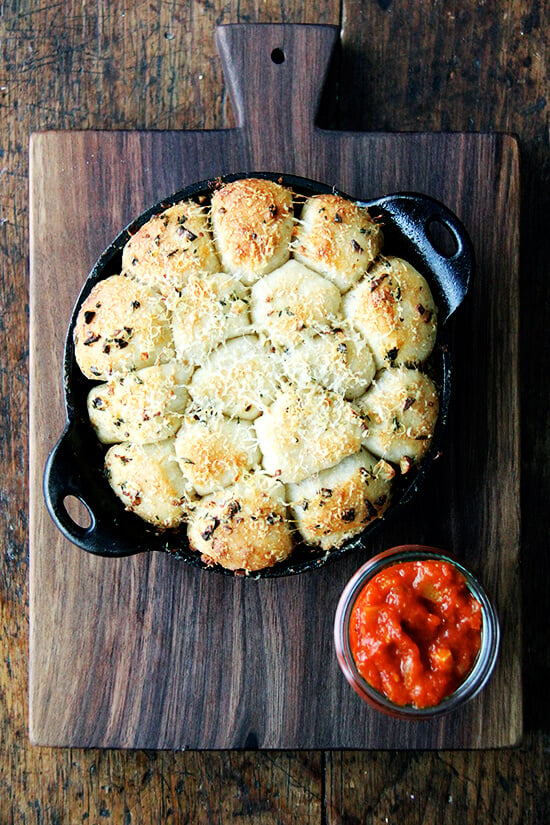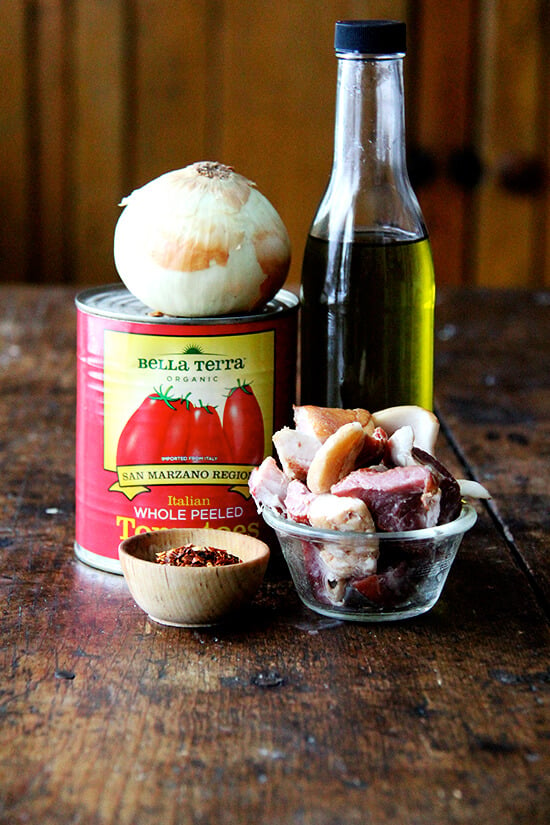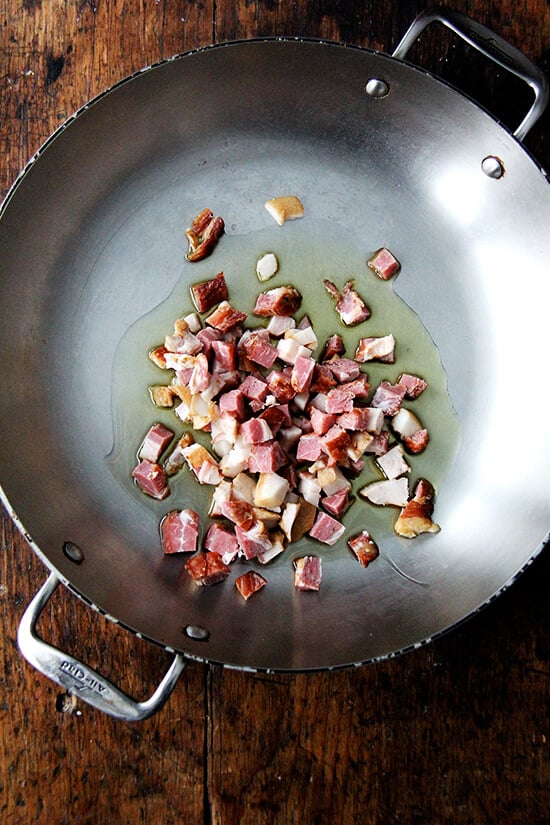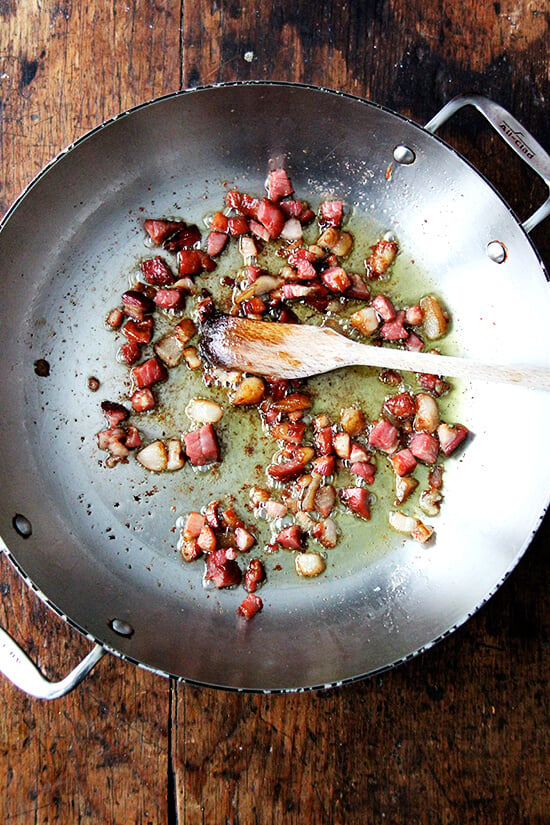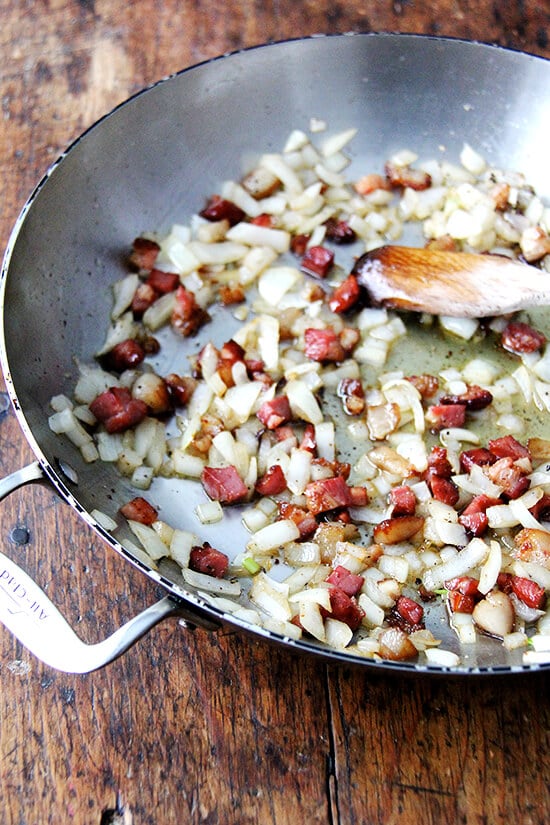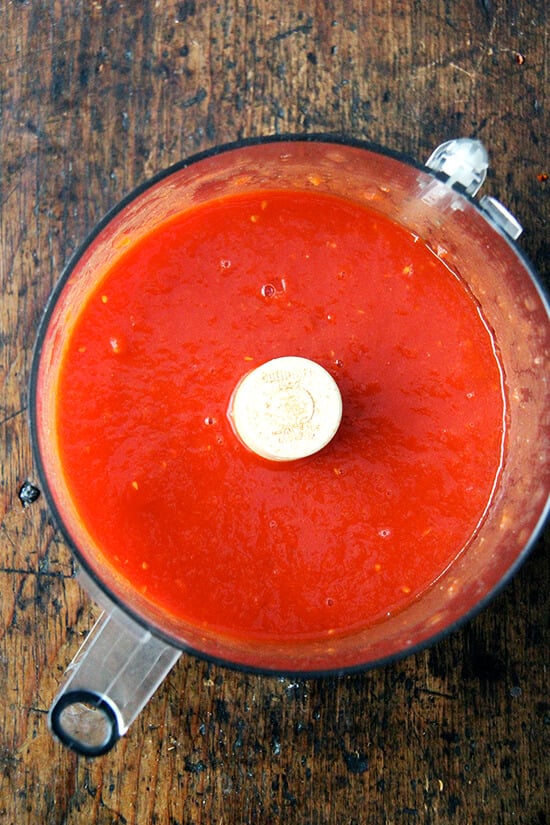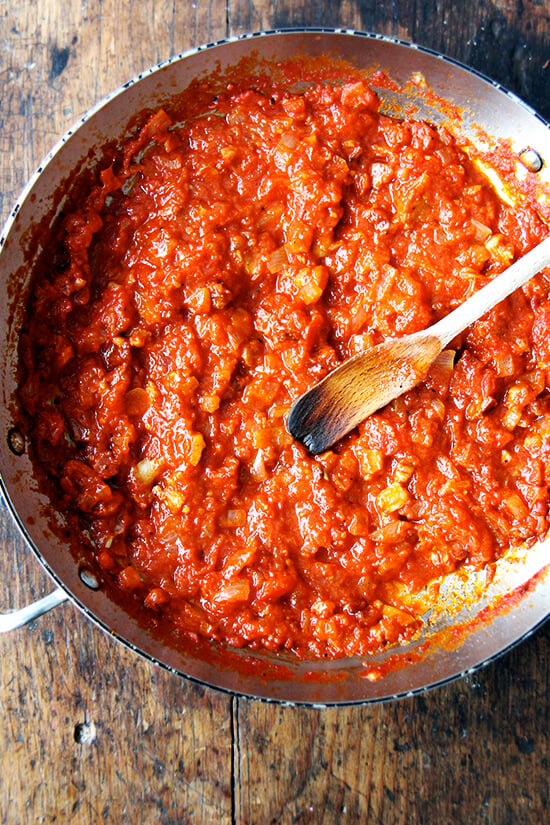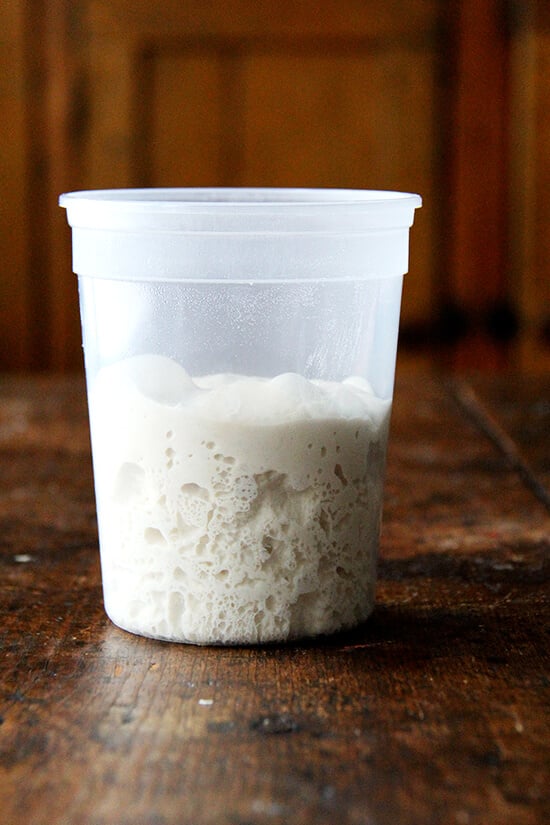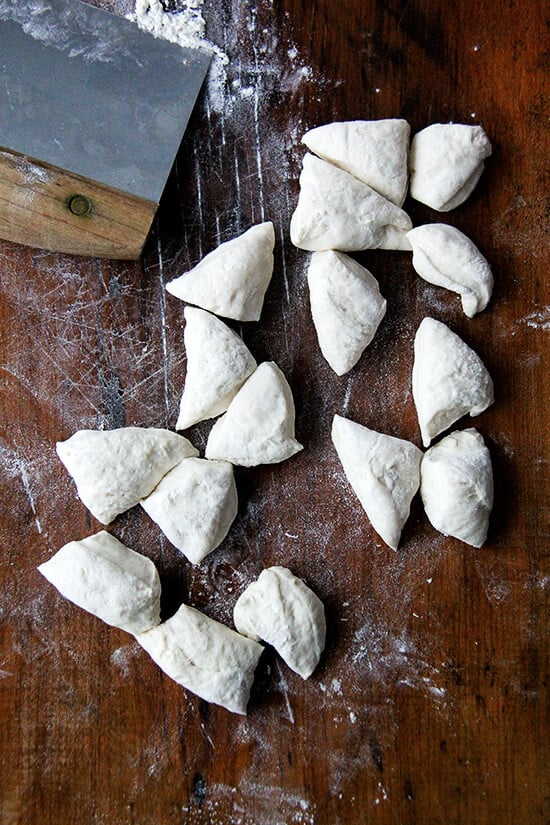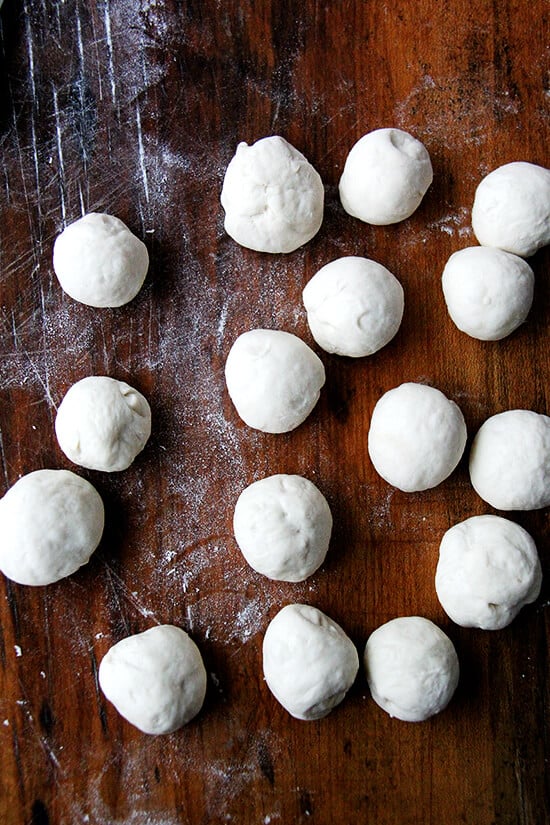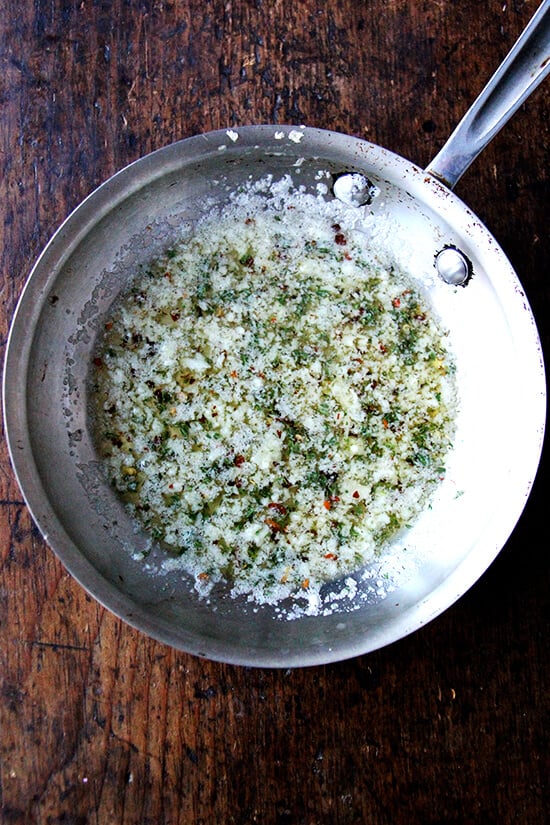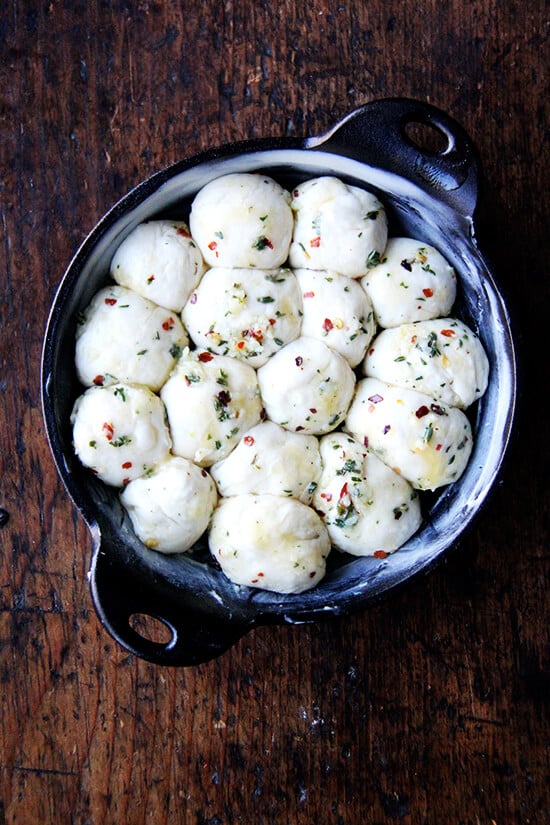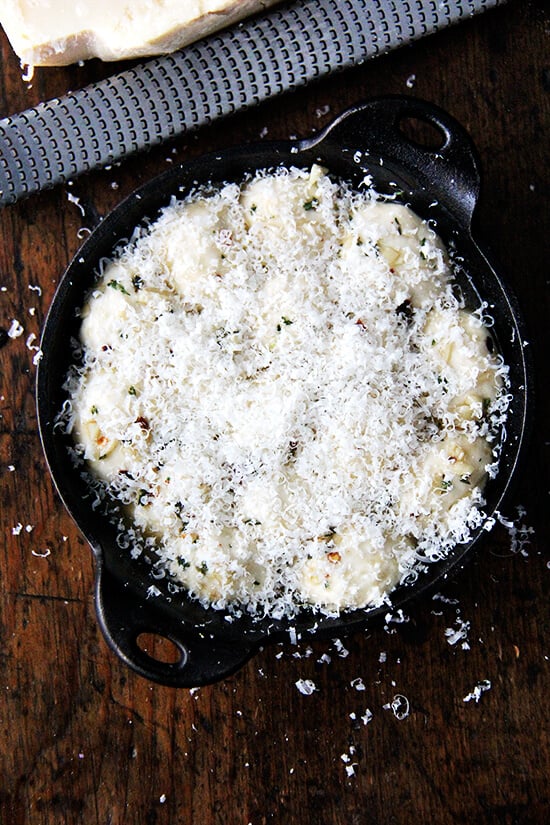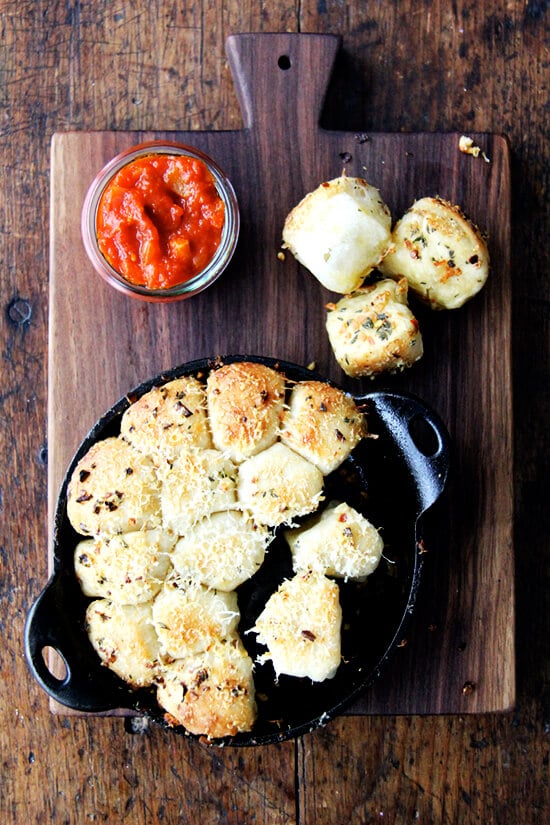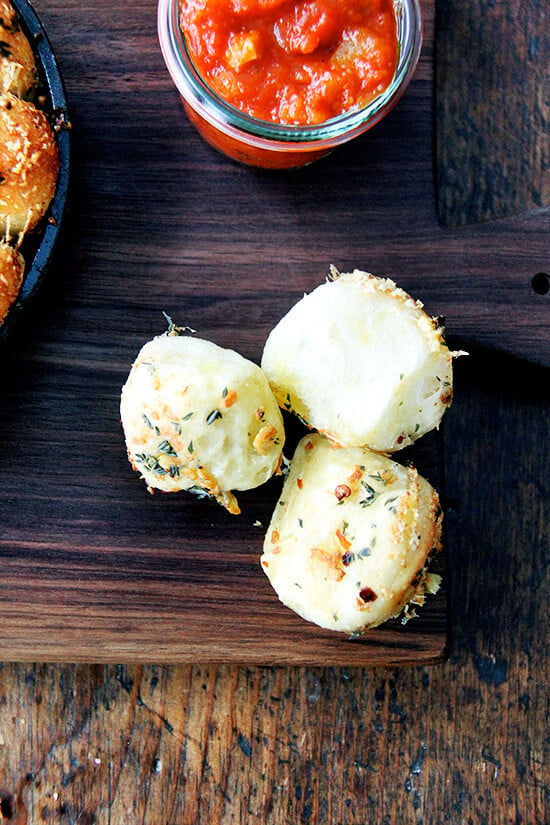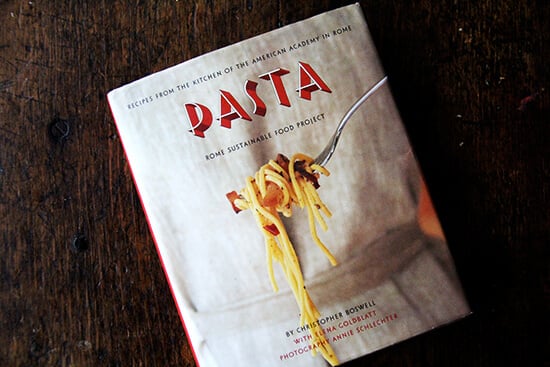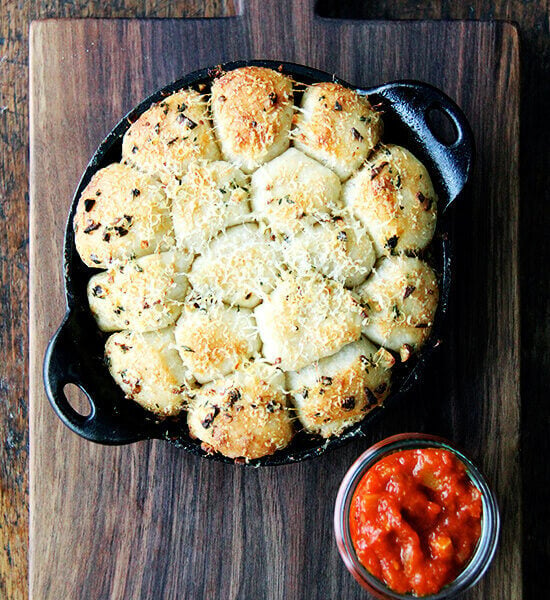This past fall, a friend who was traveling, cooking and eating her way through Italy, sent me the loveliest book: Pasta, a collection of recipes from the kitchen of The American Academy in Rome. She had learned about the book and the story of the Rome Sustainable Food Project during her travels, and found the recipes in the book, many of which she made during her stay, matched the food she was eating out and about on a daily basis. The story of the RSFP begins in 2006, when the AAR decided it was time to step up its game in the kitchen, which had been surprisingly poor given its location in a city with traditions deeply rooted in its food. And so the AAR reached out to Alice Waters, who said she would help provided her efforts would lay the foundation for a movement, a sustainable model other institutions could replicate. And so was born the RSFP, a teaching kitchen in which interns learn the basics of Italian and seasonal cooking. The layout of Pasta mirrors how the RSFP teaches interns, beginning with simple pasta dishes, graduating to more complex. I have made several recipes now, including a macaroni with slow-cooked cauliflower, anchovies, garlic and rosemary, a baked pasta with tomato sauce and mozzarella, and this spicy tomato sauce with onions and guanciale — the sauce for the book’s bucatini all’amatriciana — all of which have been delicious. Soon I will make the bucatini all’amatriciana, but in the meantime, I will continue polishing off skillets of this garlic-and-thyme monkey bread, each bite accompanied by a dollop of smoky, spicy sauce.
5 from 3 reviews Making monkey bread requires understanding a method more than a recipe. Essentially, you take pizza dough (about a pound for a standard 9-inch skillet or baking dish), divide it into small balls, brush those balls with a flavored butter, cram those balls together into a vessel, top with grated cheese if desired, and bake until golden. You can bake monkey bread in Bundt pans, too — you might need as many as two pounds of dough for a Bundt pan. Adjust butter, garlic, thyme quantities to taste. Notes: If you don’t want to make the dough from scratch, you can use a pound of store-bought pizza dough in its place. If you make my pizza dough recipe, this is half the recipe, so if ever you find yourself with two rounds of dough stored in your fridge, you can use those two rounds in this recipe. Sauce recipe: Pasta: Recipes From the Kitchen of the American Academy in Rome
